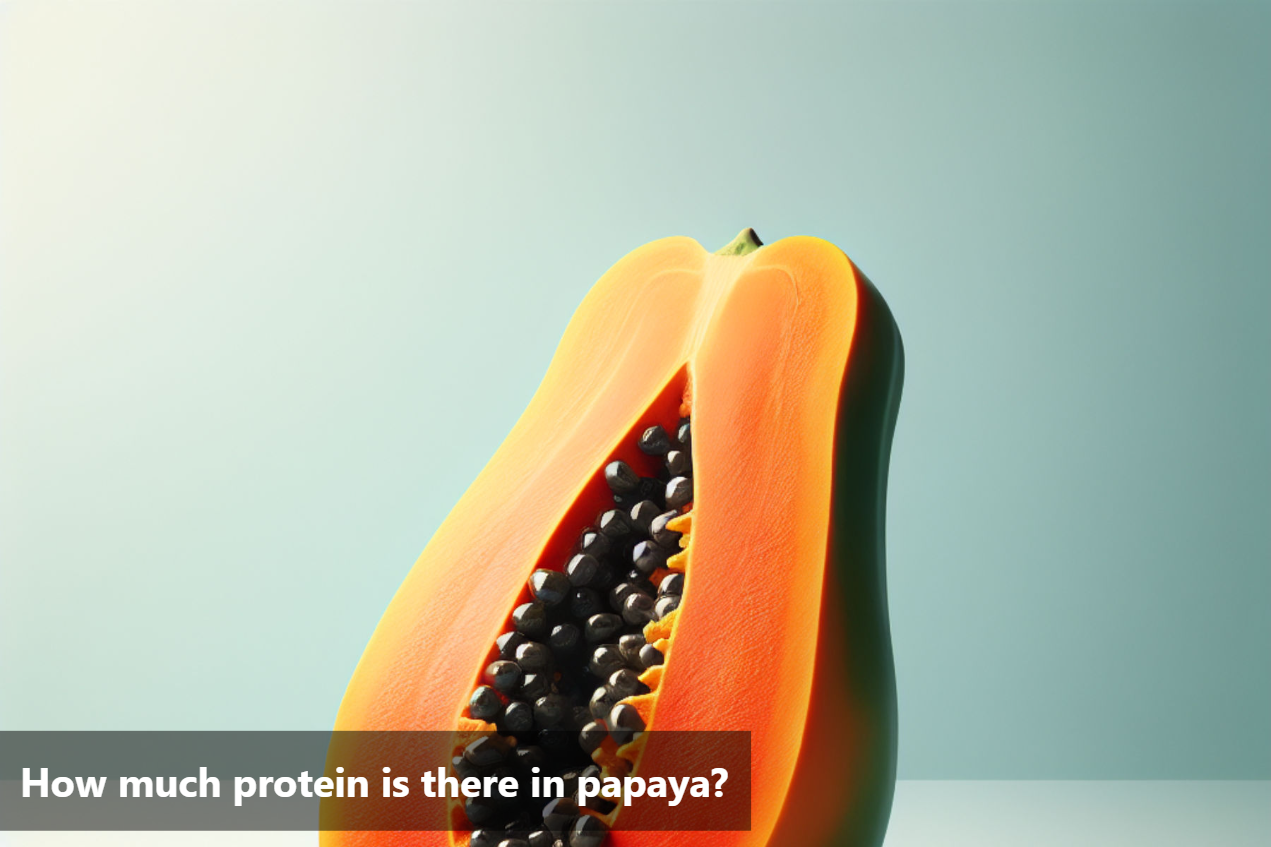
How much protein is there in papaya?
Papaya, a tropical fruit known for its sweet taste and vibrant color, offers a wide array of essential nutrients. One key aspect that often goes unnoticed is the protein content in papaya. While papaya is not primarily known for its protein content, it still contributes to the overall nutritional profile of this fruit.
Although papaya may not be a significant source of protein compared to other foods, incorporating it into your diet adds diversity and provides a range of nutrients. When looking to increase protein intake, combining papaya with other protein-rich foods can help meet your daily requirements effectively.

Nutritional Profile of Papaya
One small papaya (152 grams) contains:
Calories |
59 |
Carbohydrates |
15 grams |
Fiber |
3 grams |
Protein |
1 gram |
Vitamin C |
157% of the RDI |
Vitamin A |
33% of the RDI |
Folate (vitamin B9) |
14% of the RDI |
Potassium |
11% of the RDI |
Benefits of Protein in Papaya
Protein in papaya offers a range of benefits that contribute to overall health and well-being. Consuming papaya, with its modest but significant protein content, supports various functions in the body.
Protein in papaya is essential for muscle building and repair. The amino acids derived from the protein help in the development and maintenance of muscle mass. Including papaya in your diet can aid in post-exercise recovery and enhance muscle strength.
In terms of weight management, protein plays a crucial role in promoting satiety and reducing appetite. The protein content in papaya can help you feel full for longer periods, preventing overeating and supporting weight loss or maintenance efforts.
Moreover, protein from papaya supports overall health by contributing to the proper functioning of enzymes, hormones, and other essential molecules in the body. It aids in immune function, tissue repair, and nutrient transportation, playing a vital role in overall well-being.
Incorporating papaya into your diet can be a flavorful and nutritious way to increase your protein intake, complementing other protein sources. Whether enjoyed on its own or added to smoothies or salads, papaya provides a natural and delightful way to benefit from its protein content.
5 ways to incorporate papaya in your diet
Papaya Smoothie: Blend ripe papaya chunks with yogurt, a splash of milk or coconut water, and a handful of spinach or kale for added nutrition. You can also add a squeeze of lime juice or a sprinkle of chia seeds for extra flavor and health benefits.
Papaya Salad: Combine diced papaya with cucumber, red bell pepper, red onion, and fresh mint leaves. Dress with a mixture of lime juice, olive oil, salt, and a pinch of chili powder for a refreshing and flavorful salad.
Papaya Salsa: Dice papaya and mix it with chopped tomatoes, red onion, jalapeño peppers, cilantro, and lime juice. This vibrant salsa pairs well with grilled fish or chicken, or you can enjoy it with tortilla chips as a tasty snack.
Papaya Breakfast Bowl: Top a bowl of Greek yogurt or oatmeal with sliced papaya, granola, and a drizzle of honey for a delicious and nutritious breakfast option. You can also sprinkle some nuts or seeds for added crunch and protein.
Papaya Smoothie Bowl: Blend frozen papaya chunks with banana, coconut milk, and a spoonful of almond butter until smooth. Pour the smoothie into a bowl and top with sliced fresh fruit, shredded coconut, and a sprinkle of granola for a satisfying and nourishing breakfast or snack.

Papaya Nutrition: Exploring Its Protein Content
By delving into the protein content in papaya, we have uncovered that although it may not be as protein-dense as other sources, it still plays a vital role in supporting muscle development, managing weight, and promoting a healthy lifestyle. This nutrient, combined with other essential vitamins and minerals present in papaya, creates a powerhouse of benefits for your body.
It is crucial to acknowledge that while papaya may not be the primary source of protein in your diet, incorporating it regularly can contribute to meeting your protein requirements. Whether enjoyed on its own, in a fruit salad, or blended into a smoothie, papaya offers a delightful way to boost your protein intake naturally.
Including papaya in your daily meals can be a simple yet effective strategy to ensure a well-balanced diet and meet your protein needs. This versatile fruit holds its own in the realm of nutrition, proving that even a tropical delight like papaya can be a valuable asset in your quest for a healthier lifestyle.
FAQs
-
Is papaya a good source of protein?
While papaya is a nutritious fruit, it is not considered a significant source of protein. It is rich in other vitamins and minerals instead.
-
Are there better protein-rich alternatives to papaya?
For individuals looking to increase their protein intake, lean meats, beans, dairy products, nuts, and seeds are better sources of protein compared to papaya.
-
Should I eat papaya specifically for its protein content?
Papaya is a great addition to a healthy diet for its digestive enzymes, antioxidants, and fiber; however, if you are seeking primarily to boost protein consumption, other food options would be more suitable.
This Blog post is an initiative by Lo! Foods, to provide accurate and Nutritionist / Doctor approved information related to Health. Lo! Foods is India's leading brand for Everyday Functional Foods. Foods designed for specific Health conditions or Needs. Lo! Foods also runs India's largest range of Low Carb Healthy Cloud Kitchens, under the brand names of Lo!, ProteinChef, ATH (All Things Healthy) and DiabeSmart.



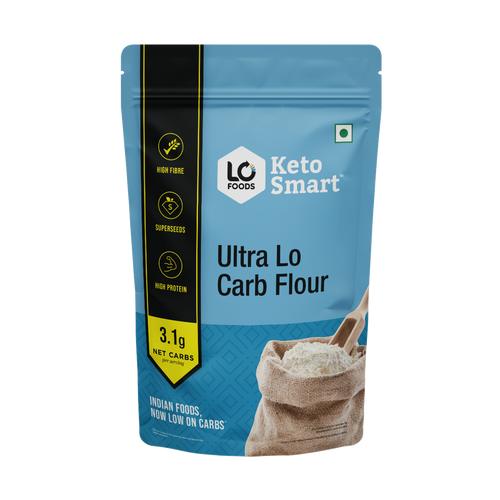
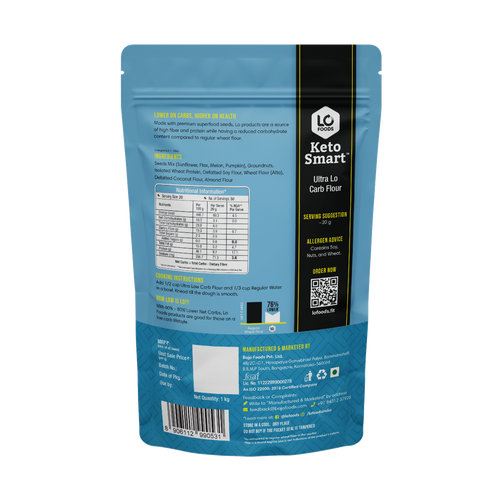

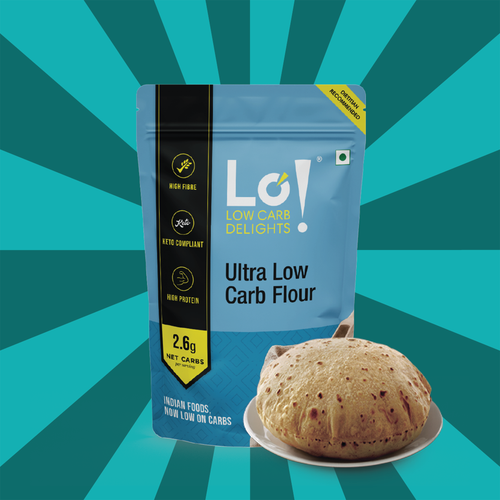


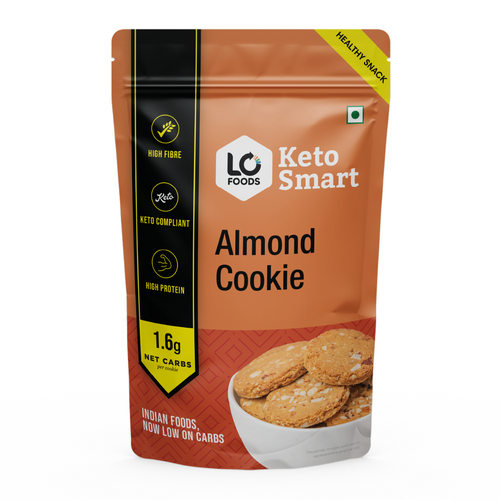





Leave a comment
Your email address will not be published.